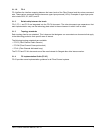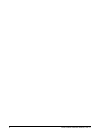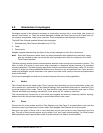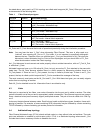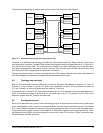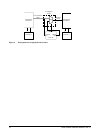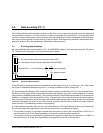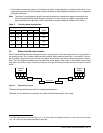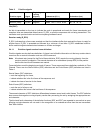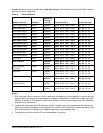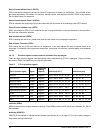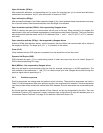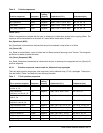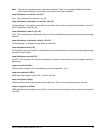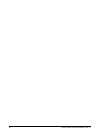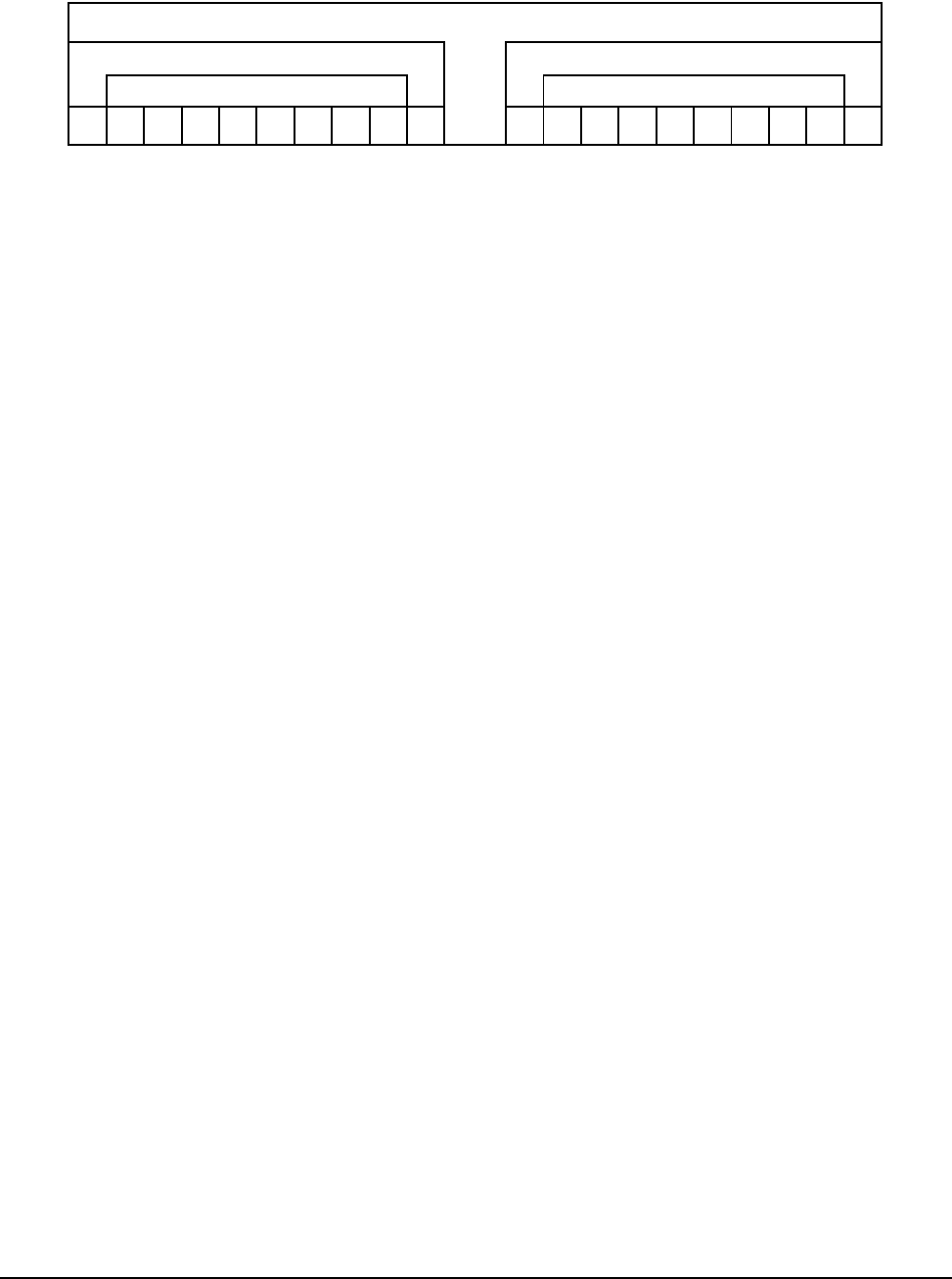
Fibre Channel Interface Manual, Rev. D 15
5.3 Data hierarchy
A hierarchy of data types is presented in Figure 6.
Figure 6. FC data hierarchy
5.3.1 Transmission words
Transmission words are the lowest level of control on Fibre Channel other than the control character used to
provide character synchronization.
A transmission word is defined as four contiguous 8B/10B encoded transmission characters (10 bits each)
treated as a unit. This unit is 40 bits in length (4 characters x 10 bits each) and is the smallest unit of transmis-
sion in Fibre Channel.
5.3.1.1 Data characters
A data character is a 8B/10B encoded transmission character with a data byte equated by the transmission
code as one of the 256 possible data characters.
5.3.1.2 Special characters
The 8B/10B encoding scheme allows for all 256 data byte values, plus several others that can be used for spe-
cial signaling. These other values are called special characters. Special characters include any transmission
character considered valid by the transmission code but not equated to a valid data byte.
5.4 Ordered sets
An ordered set is a four-character combination of data and special transmissions characters. There are three
primary categories of ordered sets:
• Primitive signals
• Primitive sequences
• Frame delimiters
The K28.5 special character is the first character of all ordered sets.
5.4.1 Primitive signals
Primitive signals are ordered sets that perform a control function. Primitive signals are recognized when one
ordered set is detected. Table 3 lists the defined primitive signals. There must be a minimum of six primitive
signals (Idles and R_RDYs) at the N_Port transmitter between frames to properly maintain clock skew.
Bit Bit Bit Bit Bit
Byte (8 bits)
8B/10B encoded byte 1 (10 bits)
Bit Bit Bit Bit Bit Bit Bit Bit Bit Bit
Byte (8 bits)
8B/10B encoded byte 4 (10 bits)
Transmission word (40 bits — 4 10-bit encoded bytes)
Bit Bit Bit Bit Bit
• • •



